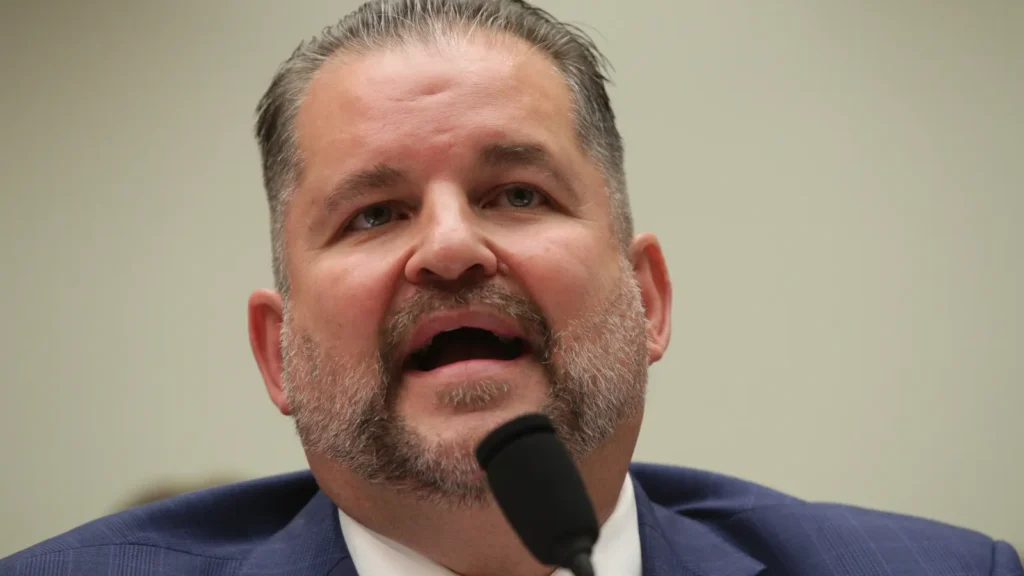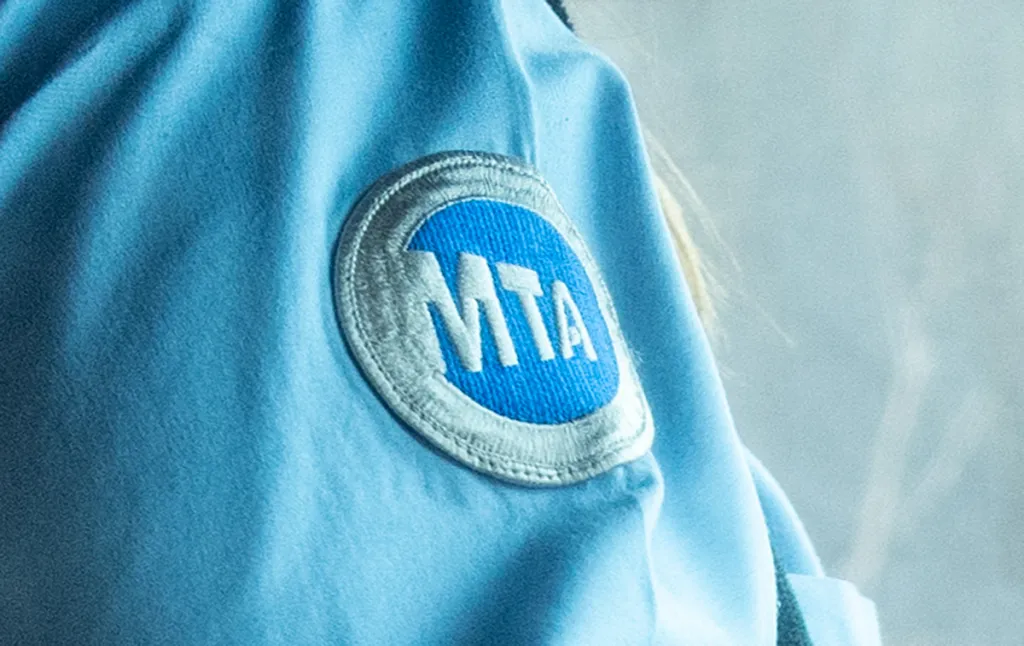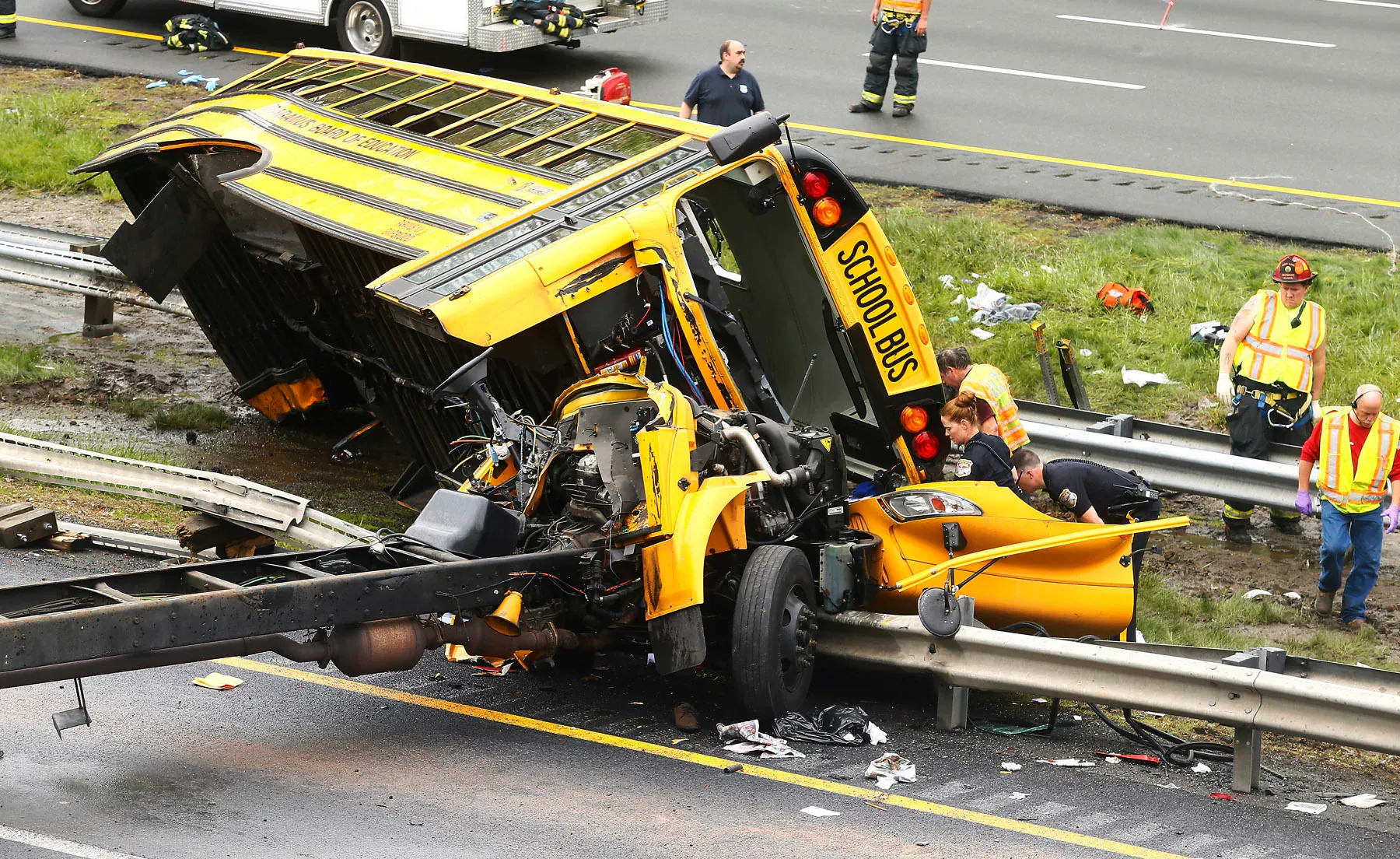The head of the Transport Workers Union (TWU) is urging the federal authorities to remove longstanding restrictions that prevent federal transit investment from getting used to cowl the Metropolitan Transportation Authority’s (MTA) operational fees. The request comes at a essential time, because the MTA faces mounting financial pressures even as seeking to keep safety and reliability in New York City’s subway system.
A Call for Change
In a letter addressed to Transportation Secretary Sean Duffy on Tuesday, TWU President John Samuelsen formally asked that the U.S. Department of Transportation amend current federal policies that restrict using transit funds to capital project only. Samuelsen argues that permitting those price range to be used for operational costs, inclusive of worker salaries, safety initiatives, and gadget maintenance, is vital to ensuring a useful and secure public transit system.
“The TWU strongly has the same opinion with the issues listed on your March 18 letter,” Samuelsen wrote. “Unfortunately, historic federal prohibitions and exhausting bureaucracy are hindering large towns like New York from improving public protection.”
Samuelsen’s letter is a direct response to Duffy’s recent threat to revoke federal funding for the MTA, citing unfounded claims that crime in the subway system is rising. While the crime rate in the subway has not seen a significant surge, the debate over transit funding and public protection continues to intensify.

Current Federal Restrictions
Under present federal regulation, transit agencies in urban regions with populations exceeding 200,000 humans are prohibited from using federal “formula” offers for operational expenses. These presents, instead, are allotted completely for capital investments, along with purchasing new trains, improving infrastructure, or upgrading technology.
However, Samuelsen and other transit advocates argue that operational investment is simply as crucial as capital investments. While new infrastructure is necessary, the effectiveness of the device in the end relies upon on professional transit workers, police presence, and ongoing preservation.
“As you understand that your work preserving safety across our air, rail, maritime, and street systems, capital investments are important but can best take us so far,” Samuelsen wrote. “Safety relies upon on significant investments in skilled people to operate, police, and preserve our transportation structures.”
Safety and Security Concerns
While the New York Police Department (NYPD) offers protection for the subway system, its officials are funded via the city instead of the MTA. Additional protection measures, which includes unarmed guards stationed at subway exits to discourage fare evasion and transit workers answerable for retaining the tremendous surveillance camera community, are paid for through the MTA’s operational price range. Without enough investment, those security measures can be jeopardized, doubtlessly affecting the safety of millions of day by day commuters.
The difficulty of transit safety has gained similarly interest following recent surges in police presence in the subway system. Although those efforts are funded by means of city and kingdom governments, the MTA and TWU argue that securing extra federal sources for transit operations might help preserve and increase such projects over the long term.
Past Efforts to Change Legislation
This isn’t always the first time the MTA and TWU have attempted to address investment obstacles. Last year, the two agencies collaborated on a legislative push in Congress to regulate federal investment regulations, permitting transit companies to allocate federal method presents towards provider and security upgrades. Although the legislation did no longer skip, the renewed enchantment from Samuelsen signals a endured push to bring attention to the issue.
With ongoing economic traces exacerbated by using inflation and ridership fluctuations put up-pandemic, the need for bendy funding has become even extra pressing. The MTA, certainly one of the largest transit structures within the world, requires giant assets to preserve every day operations, and restrictions on how federal budget may be used upload some other layer of economic issue.
The Path Forward
The TWU’s attraction to the federal government highlights a growing divide among policymakers on transit funding priorities. While capital tasks stay important, transit advocates argue that ensuring constant operations and protection measures is equally critical. Without intervention, monetary constraints may want to force carrier cuts, upkeep delays, and decreased safety presence in the subway system.
As discussions preserve, the MTA and TWU are predicted to ramp up strain on federal lawmakers to reconsider the funding regulations. Whether the Biden management and Congress will take movement remains to be seen, however for millions of New Yorkers who rely upon the subway every day, the outcome of this debate may want to have a long-lasting impact at the reliability and safety of public transportation.
For now, the MTA and TWU’s joint efforts emphasize a fundamental query: Should federal transit investment be confined strictly to capital enhancements, or must it also help help the employees and protection tasks that hold the system running regularly?


